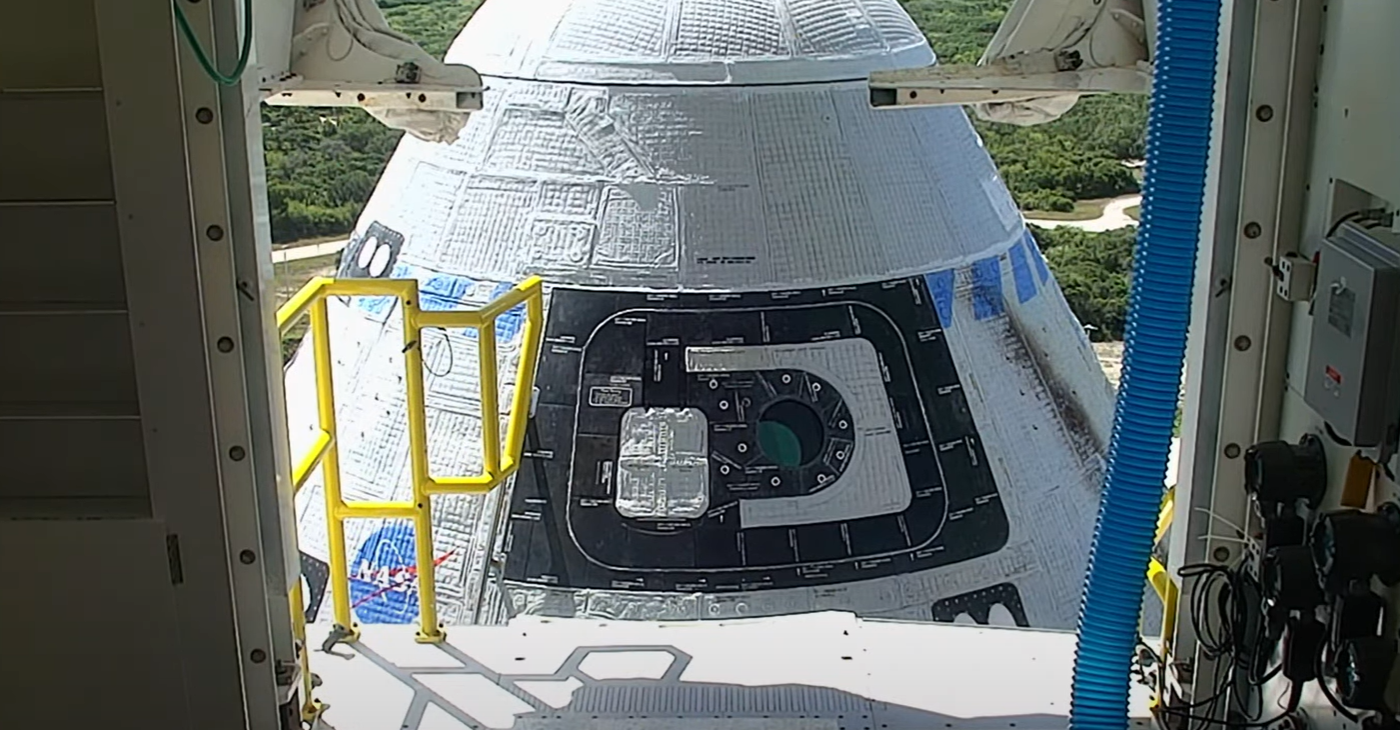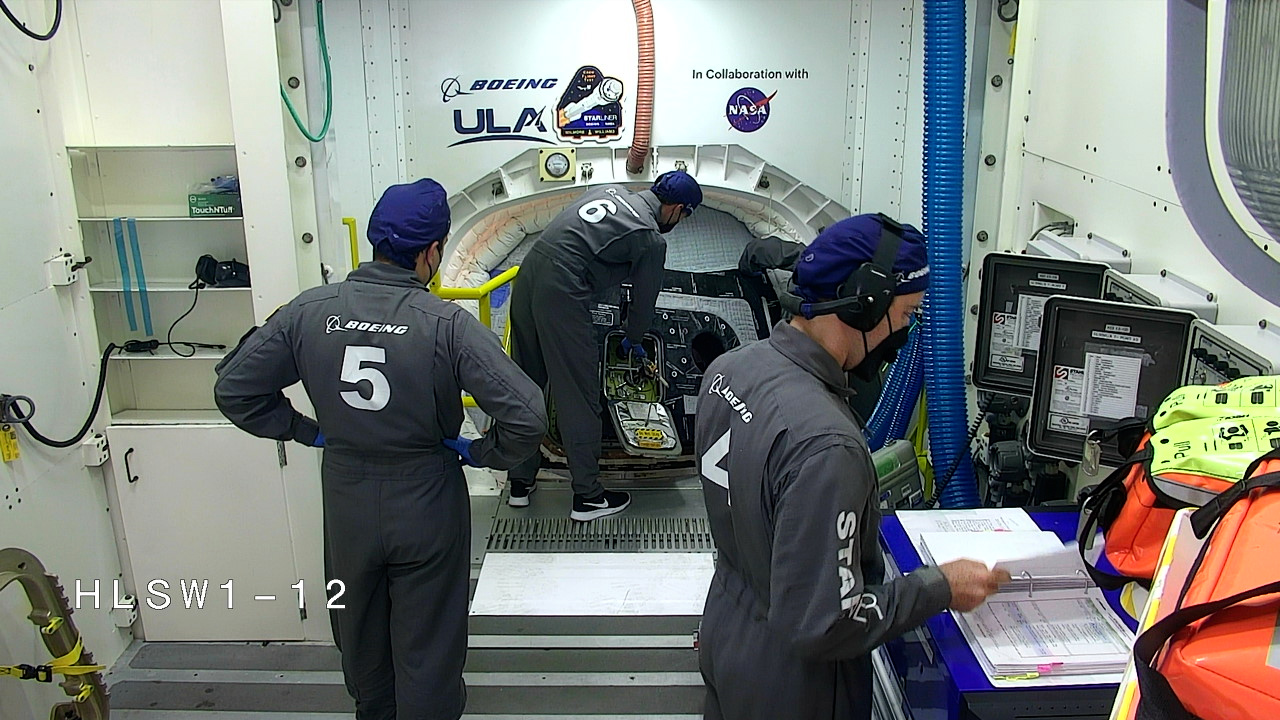
NASA’s human spaceflight management team provided a media update Aug. 14 on the agency’s Boeing Crew Flight Test at the International Space Station. The group, including the Associate Administrator for Space Operations Ken Bowersox, highlighted the role safety plays as a core value at NASA and how safety guides the decision-making process for the mission.
The panel also touched on numerous aspects of the Crew Flight Test as NASA and Boeing evaluate the Starliner testing data generated over the past few weeks ahead of the agency’s Commercial Crew Program control board. NASA then plans to hold a readiness review where agency leadership will finalize the plan to return astronauts Butch Wilmore and Suni Williams from the space station. Following the readiness review, mission leadership will host a televised briefing to discuss the decision and path forward.
Listen to a full replay of the media update. Other briefing participants included:
- Joel Montalbano, deputy associate administrator, NASA’s Space Operations Mission Directorate
- Russ DeLoach, chief, NASA’s Office of Safety and Mission Assurance
- NASA chief astronaut Joe Acaba
- Emily Nelson, chief flight director, NASA’s Flight Operations Directorate
Although no final decisions have been made, teams are evaluating returning Wilmore and Williams aboard the Starliner spacecraft. In parallel, NASA also is looking more closely at the capability to return the crew as part of the agency’s SpaceX Crew-9 mission. Crew-9 will launch no earlier than Tuesday, Sept. 24, and return to Earth in February 2025.
While work continues on Earth to analyze the Starliner spacecraft and its systems, Wilmore and Williams continued their work aboard the International Space Station. Since the mission is a flight test, the crew has undergone rigorous training for any duties or issues that may arise, and the astronauts are well prepared for all situations.
The main goal of the agency’s Commercial Crew Program is two unique human spaceflight systems. Should any one system encounter an issue, NASA still has the capability to launch and return crew members to ensure safety and a continuous human presence aboard the station.
The International Space Station is the world’s leading space laboratory where researchers conduct cutting-edge research and technology development that will enable human and robotic exploration of destinations beyond low Earth orbit, including the Moon and Mars.








